The communication equipment manufacturing industry has played an important role in promoting sustainable socio-economic development. With the large-scale and high-speed development of the 5G industry, the electrical components used in communication equipment are developing towards higher integration, smaller size, higher installation accuracy, and more exquisite and beautiful appearance. There are increasingly high requirements for the processing of sheet metal parts in communication equipment, which is a new opportunity and challenge for the communication equipment sheet metal industry.
Compared with various metal materials, stainless steel materials have advantages such as corrosion resistance, heat resistance, high strength, simple surface treatment and maintenance, which can meet various needs and are widely used in communication equipment. In sheet metal processing, there are certain differences between stainless steel and aluminum alloy, as well as ordinary steel plate processing. The processing points and precautions are as follows.
CNC Punching can process stainless steel plates with a thickness of 0.8-2.5mm. Due to the high strength of stainless steel, it can cause significant tool wear and a high rate of defective products. Therefore, CNC Punching is generally not used for processing. In conventional processing and production, laser CNC cutting machines and plasma CNC cutting machines are generally used, and the thickness range of the processed plate generally does not exceed 3.0mm. Stainless steel adopts Laser cutting, as shown in Figure 1. Nitrogen gas can be used to obtain edges without oxidation and burrs. Parts with high appearance requirements can be coated with a dedicated laser film to avoid surface scratches. Stainless steel Laser cutting speed is fast, the incision is smooth and flat, generally without the need for subsequent deburring, the incision has no mechanical stress, and the processing accuracy is high. During the cutting process of some stainless steel parts, there is thermal stress deformation. By adjusting reasonable laser cutting process parameters, fixing the plate before cutting, symmetrical cutting, and other methods, thermal stress deformation can be effectively reduced.
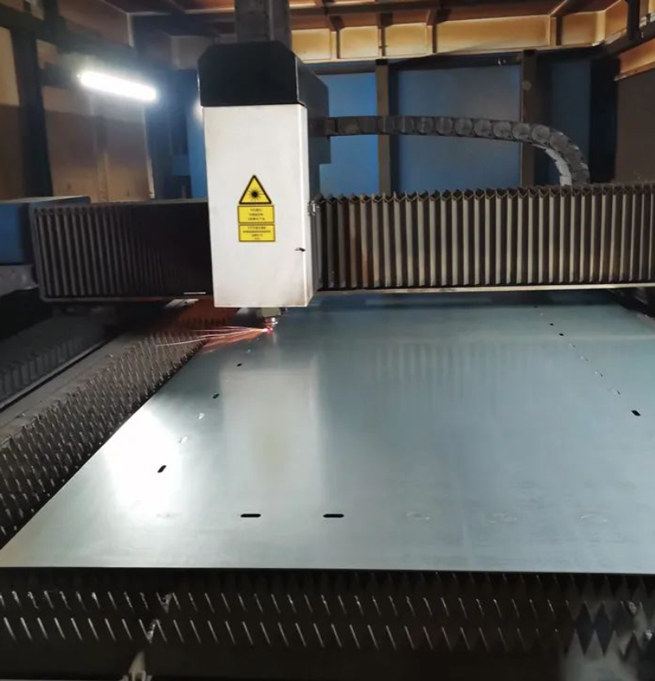
Figure 1 Laser cutting of stainless steel parts
Stainless steel has poorer thermal conductivity and lower elongation compared to ordinary low-carbon steel, resulting in a higher required deformation force; Compared with carbon steel and aluminum alloys, it has a strong tendency to rebound during Bending. When bending, the R angle of the workpiece should be greater than that of the carbon steel part to avoid bending cracking. The bending tool is selected based on the thickness, radius, and material of the bending material. Stainless steel plates have high hardness. Compared with ordinary carbon steel plates, the heat treatment hardness of the cutting tools used for bending stainless steel plates should reach above 60HRC. The selection of the lower mold should be determined based on the thickness of the plate. The stainless steel bending scene is shown in Figure 2.
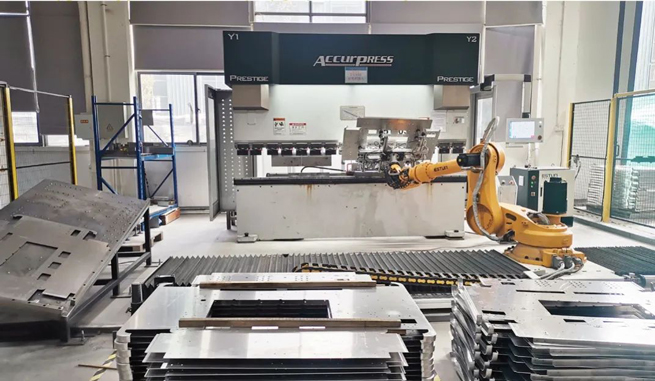
Figure 2 Stainless Steel Bending
Generally speaking, the thicker the stainless steel plate, the greater the required bending strength, and as the plate thickness increases, the bending strength also needs to be adjusted accordingly when adjusting the bending equipment. Under unit size, the greater the tensile strength and elongation of stainless steel plates, the greater the required bending force and bending angle. The higher the yield strength of the material, the greater the elastic recovery. In order to obtain a 90 ° bending piece, the smaller the angle of the pressure blade needs to be designed. In terms of processing performance, it is generally limited to bending within the thickness range of 3.0-6.0mm. Stainless steel plates with a thickness of 6mm or more are more difficult to bend, and have high requirements for bending machines and molds. The bending angle and steel performance are unstable, and there is a risk of cracking. It is recommended to use welding or angle pieces for connection. The stainless steel bending parts are shown in Figure 3.
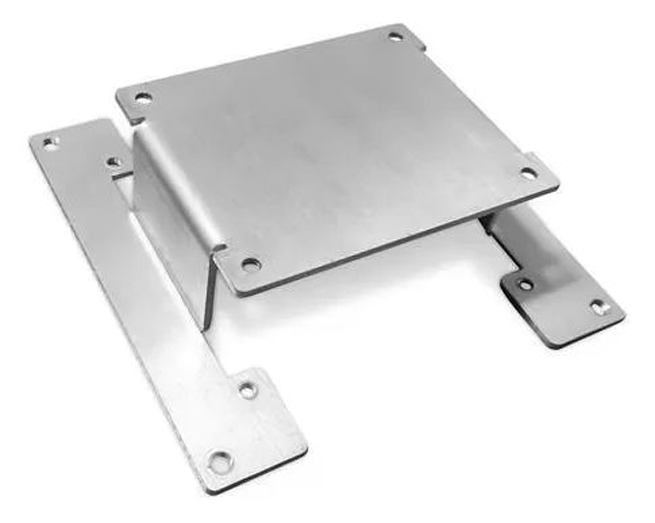
Figure 3 Stainless steel bending parts
Stainless steel plates are relatively hard and require specially made high-strength and hardened riveting parts. When pressing riveting, it is necessary to consider the height of the stud, select a suitable mold, and adjust the pressure of the press to ensure that the stud is flush with the surface of the workpiece, as shown in Figure 4. Riveting nuts and screws should be firmly pressed and inspected according to the tightening torque specifications of the screws and nuts, and there should be no looseness. Stainless steel plate riveting is not easy to secure and often requires side welding. The stainless steel riveting parts are shown in Figure 5.
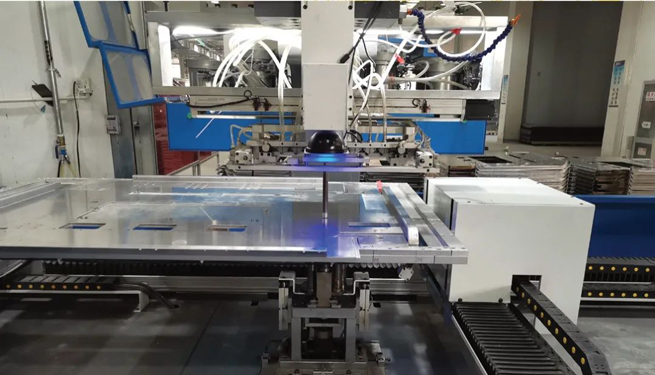
Figure 4 Stainless Steel Riveting
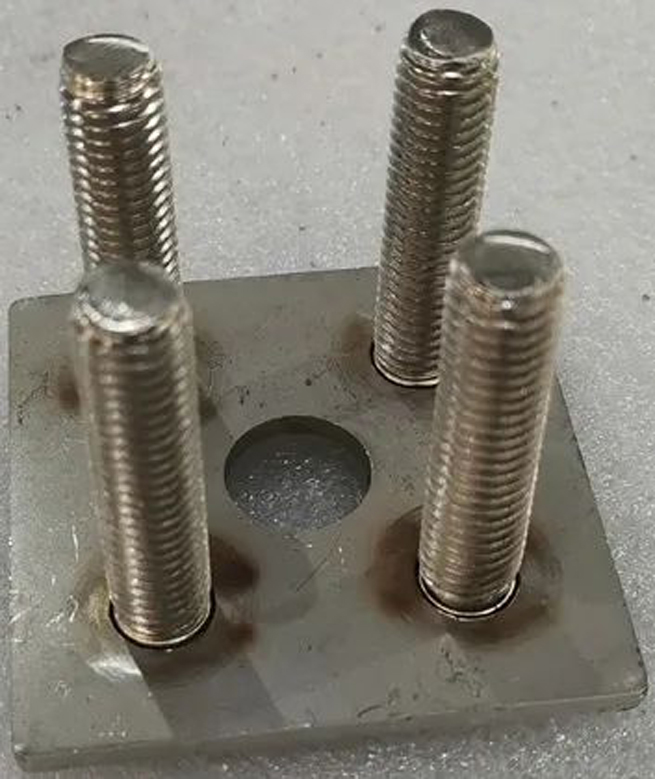
Figure 5 Stainless steel riveting parts
Stainless steel materials have strong thermal sensitivity and are prone to thermal cracking compared to ordinary steel plate welding; If the protection is poor, high-temperature oxidation can be severe; The large coefficient of linear expansion results in significant welding deformation. Stainless steel welding is shown in Figure 6, and the conventional welding points are as follows.
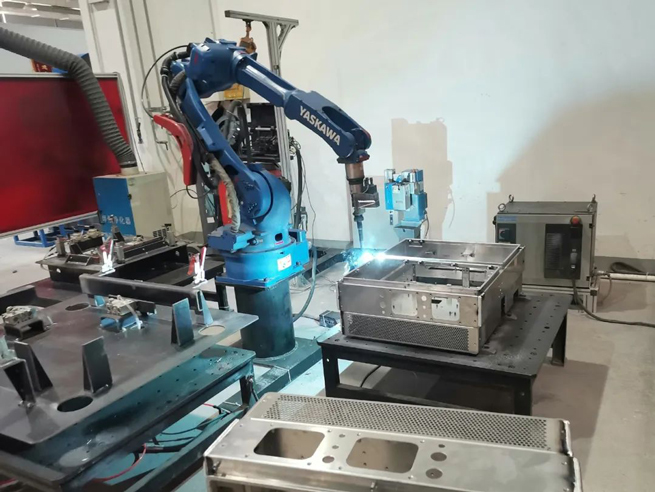
Figure 6 Stainless Steel Welding
(1) Use welding rods with the same or similar chemical composition as the base material, and the diameter of the welding rod should be fine.
(2) Before welding, oil stains, moisture, dust and other debris within a range of 20-30mm on both sides of the welding position should be removed. Laser welding, argon arc welding, and other welding methods can be used during welding, with low heat input and high welding speed.
(3)Choose a reasonable welding sequence. Symmetrical welding should be used as much as possible for symmetrical weld structures. Asymmetric weld structures should first weld the side with fewer welds, and then weld the side with more welds, so that the deformation generated by the subsequent welding is sufficient to offset the deformation generated earlier.
(4) Forced cooling of the weld bead and heat affected zone to reduce the high-temperature residence time in the overheated zone.
(5)Welding fixtures are used to ensure even and balanced clamping force.
The surface treatment methods for stainless steel include sandblasting, passivation, mirror treatment, coloring treatment, etc. Different surface treatments bring different appearance effects to meet the increasingly personalized and diverse market demands.
Sandblasting is a common process in stainless steel surface treatment, where air is compressed by equipment to obtain power, and high-speed spray beams spray the sprayed material onto the surface of the workpiece to be treated. The surface structure after sandblasting treatment is uniform, and the surface presents a fine bead like sand surface, resulting in high processing efficiency. The sandblasted workpiece is shown in Figure 7.
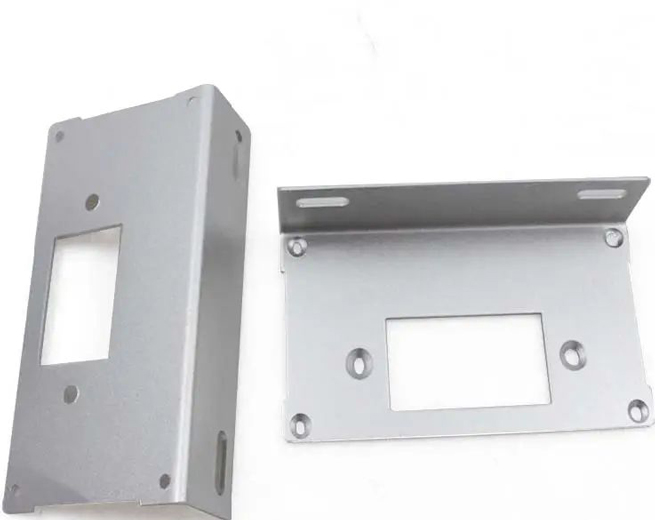
Figure 7 Workpieces treated with sandblasting
Acid pickling and passivation are widely used in stainless steel surface treatment. Stainless steel undergoes pre-treatment (such as sandblasting, electrochemical polishing, and chemical polishing) to remove surface oil stains and impurities, and is soaked with acid pickling passivation paste to maintain a long-term passivation and stability of the stainless steel surface, improving the corrosion resistance of the workpiece surface.
By chemical polishing, physical polishing, and then rough grinding, medium grinding, and fine grinding, a bright surface is obtained on the surface of stainless steel.
Stainless steel coloring not only increases the decorative and artistic properties of the product, but also enhances its luster and crystal clear, as shown in Figure 8. It can also improve the product's wear resistance and corrosion resistance. Stainless steel products deposit inert gas colors on the surface of the product under high vacuum conditions, enhancing adhesion and resistance to scratches. They do not fade or fade in indoor environments.
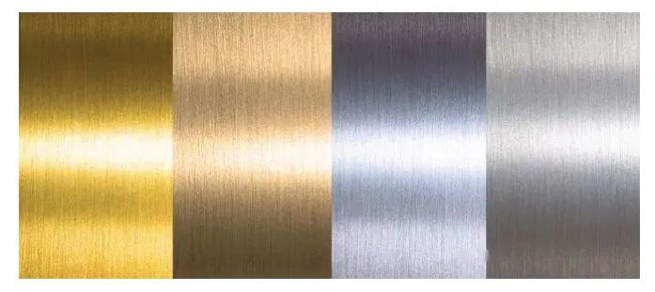
Figure 8 Surface decor of stainless steel products
The gradual rise of 5G technology has driven the rapid development of the sheet metal processing industry. With the widespread application of intelligent and digital technology, the communication equipment sheet metal industry has undergone significant changes from design to production. The sheet metal manufacturing industry introduces intelligent equipment and digital technology, covering the entire production process, automating production, improving production efficiency, and meeting the continuous updating and iteration of market products. Intelligence and digitization guide the development of the sheet metal industry and meet new challenges.